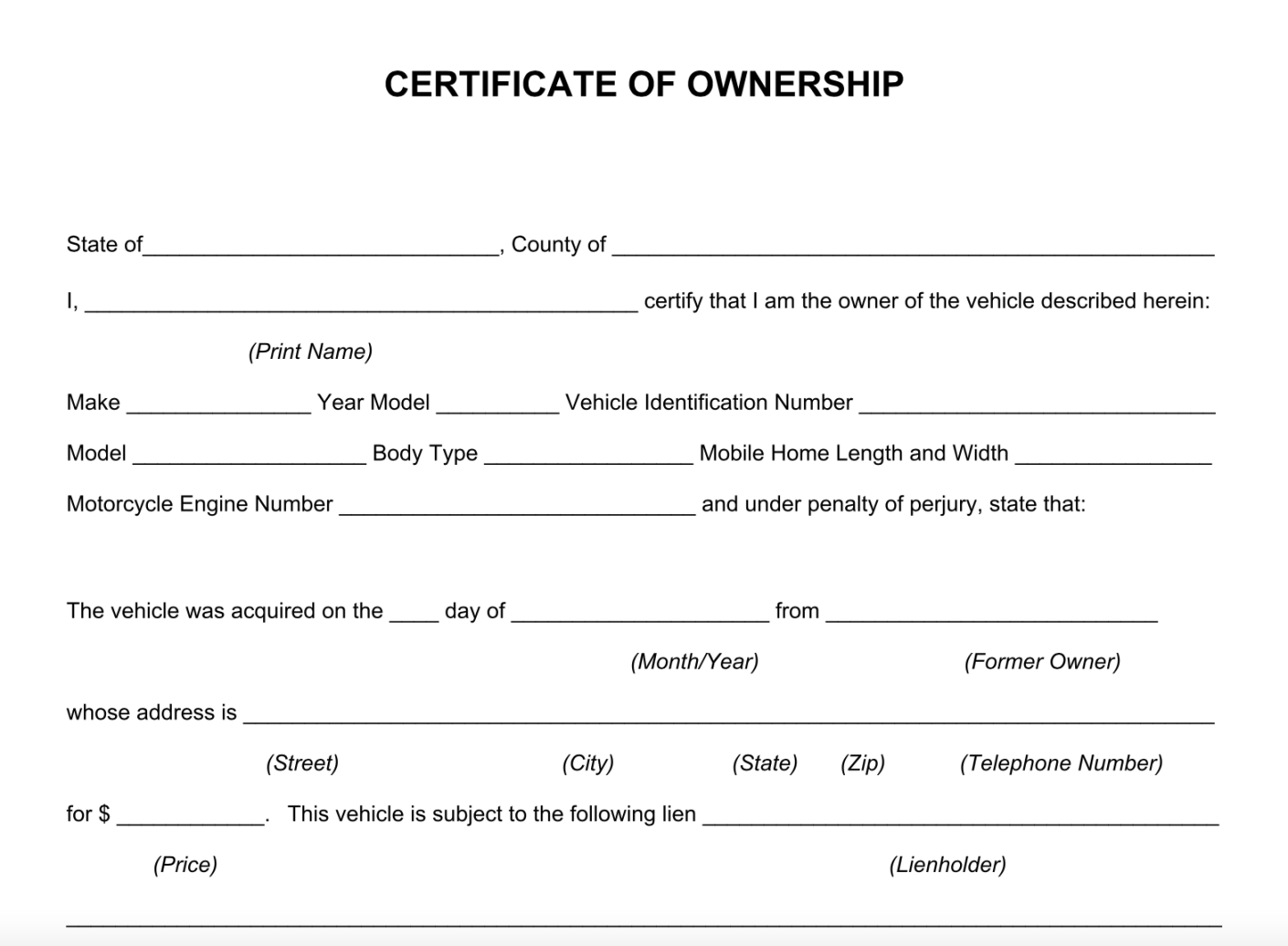An ownership Certificate is a formal document that verifies the ownership of an asset, such as a property, vehicle, or intellectual property. A well-designed ownership certificate can enhance the credibility and value of the asset. This guide will delve into the essential elements and design considerations for creating a professional ownership certificate template using WordPress.
Essential Elements of an Ownership Certificate

1. Header: The header should prominently display the title “Ownership Certificate” or a similar phrase. It should also include the issuing authority’s name, logo, and contact information. The header should be visually appealing and easy to read.
2. Certificate Number: A unique certificate number should be assigned to each certificate. This number can be used for reference and tracking purposes.
3. Date of Issuance: The date on which the certificate is issued should be clearly indicated.
4. Asset Description: A detailed description of the asset should be provided. This includes the asset’s type, model, serial number, and any other relevant identifying information.
5. Owner Information: The full name and contact information of the asset’s owner should be included.
6. Transfer of Ownership (Optional): If the asset has been transferred from one owner to another, the details of the transfer should be documented, including the date of transfer and the name of the previous owner.
7. Issuing Authority Signature: The certificate should be signed by an authorized representative of the issuing authority. The signature should be accompanied by the printed name and title of the signatory.
8. Seal (Optional): An official seal can be added to the certificate to enhance its authenticity and credibility.
Design Considerations for a Professional Ownership Certificate
1. Layout and Formatting: The certificate should have a clean and organized layout. Use a sans-serif font such as Arial or Helvetica for the main body text, and a serif font like Times New Roman for the header and footer. Ensure that the text is easy to read, with sufficient spacing between lines and paragraphs.
2. Color Scheme: Choose a color scheme that is professional and visually appealing. Avoid using too many bright or contrasting colors, as this can make the certificate difficult to read. Consider using a combination of neutral colors such as black, white, gray, and a subtle accent color.
3. Branding: If the issuing authority has a brand identity, incorporate the brand’s colors, logo, and typography into the certificate design. This will help to create a consistent and recognizable look.
4. Security Features: To prevent fraud, consider incorporating security features such as watermarks, holograms, or microprinting. These features can make it difficult to counterfeit the certificate.
5. Legal Disclaimer (Optional): If necessary, include a legal disclaimer to clarify the terms and conditions of the certificate. This can help to protect the issuing authority from legal liability.
By carefully considering these elements and design considerations, you can create a professional ownership certificate template that is both visually appealing and legally sound.